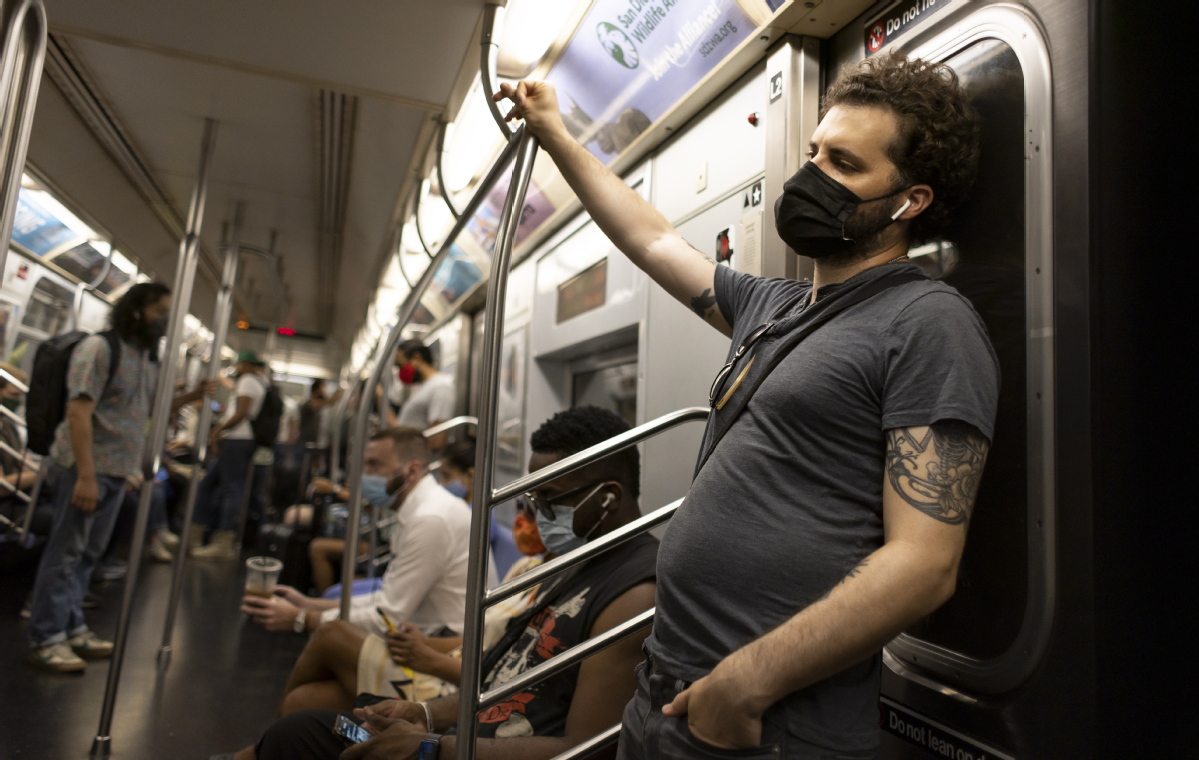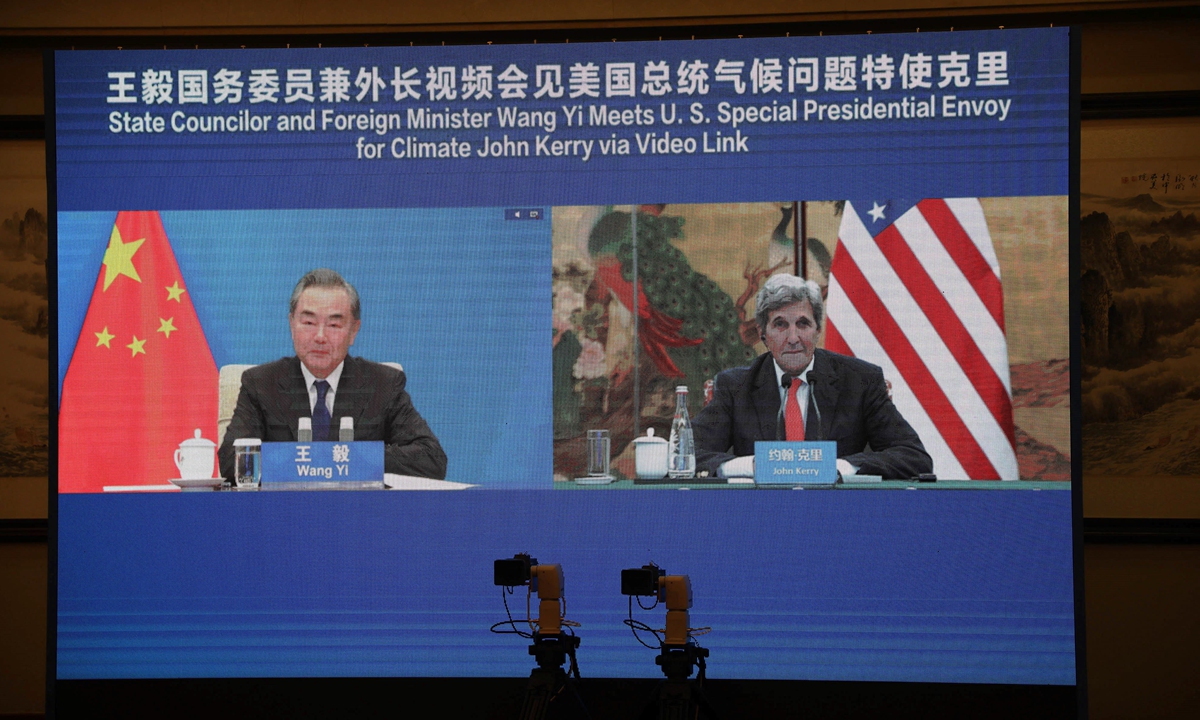Penang (2,474) reached a new record Sspt 8, 2021. Hospitalisation of Covid-19 patients has also been trending up, despite 49.4 percent of its population being vaccinated. [see vaccination chart below]
Hospital bed use for Covid-19 patients in Penang has reached 109 percent - the highest in the country - while intensive care bed use is 93.2 percent. [see hospitalisation chart below]
 |
In Sarawak (3,100), the authorities said 99.87 percent of new cases involved patients in Category 1 or 2 (no symptoms or mild symptoms). However, Health Ministry data shows that hospitalisation is still on a 14-day uptrend.
Hospital bed use by Covid-19 patients Negeri Sembilan has dropped 70.9 percent since peaking on July 31.
As of yesterday, the R-naught for the country is 0.95. A R-naught of less than 1.00 suggests that the spread of Covid-19 was slowing down.
The R-naught for the Selangor, Kuala Lumpur and Negeri Sembilan have all fallen below 0.90.
Regions where the R-naught is more than 1.00 are Pahang, Perak, Terengganu, Sarawak, Perlis and Penang, Malacca and Johor.
The number of active cases have continued trend downwards today the intensive care bed use is dropping slowly over the past month.
Active cases: 248,673
Patients in ICU: 904*
Intubated: 430*
[Does not include patients classified as 'probable'.]
New cases by states
Sarawak (3,100)
Selangor (2,989)
Penang (2,474)
Sabah (2,067)
Johor (1,867)
Kedah (1,564)
Kelantan (1,471)
Perak (1,319)
Terengganu (904)
Pahang (700)
Kuala Lumpur (537)
Malacca (375)
Negeri Sembilan (256)
Perlis (74)
Putrajaya (29)
Labuan (7)
Deaths
The Health Ministry reported another 361 deaths attributed to Covid-19 today, bringing the national death toll to 19,163.
There were 102 patients who were pronounced dead upon arrival at the hospital of which a quarter were reported in Sabah alone.
Selangor (67) reported the highest number of deaths followed by Johor (65), Sabah (54), Kedah (51), Kuala Lumpur (34), Negeri Sembilan (29), Kelantan (17), Sarawak (10), Terengganu (9), Malacca (8), Perak (6), Penang (5), Pahang (4) and Perlis (2).
Clusters
The Health Ministry is currently monitoring 1,459 active Covid-19 clusters.
Another 35 new clusters were classified today of which 20 involved workplaces.
Industri Jalan Nuri cluster
Category: Workplace
State(s): Selangor
District(s): Kuala Langat
Total infected: 79 out of 122 screened
Tapak Bina Persiaran Elmina cluster
Category: Workplace
State(s): Selangor
District(s): Petaling
Total infected: 67 out of 129 screened
Industri Dua Jalan Anggerik Mokara 47 cluster
Category: Workplace
State(s): Selangor
District(s): Klang
Total infected: 50 out of 167 screened
Industri Dua Jalan Bandar Lama cluster
Category: Workplace
State(s): Selangor
District(s): Kuala Langat and Klang
Total infected: 30 out of 36 screened
Tapak Bina Persiaran Laman View cluster
Category: Workplace
State(s): Selangor
District(s): Sepang
Total infected: 20 out of 69 screened
Tapak Bina Jalan Elegan cluster
Category: Workplace
State(s): Selangor
District(s): Sepang
Total infected: 12 out of 92 screened
Pasar Matu cluster
Category: Workplace
State(s): Sarawak
District(s): Matu
Total infected: 29 out of 121 screened
Tapak Bina Jalan Tasek Mutiara Tujuh cluster
Category: Workplace
State(s): Penang
District(s): Seberang Perai Selatan
Total infected: 123 out of 518 screened
Tapak Bina Jalan Kubang Menerong cluster
Category: Workplace
State(s): Penang
District(s): Seberang Perai Utara and Seberang Perai Tengah
Total infected: 81 out of 290 screened
Jalan Mayang Pasir Tiga cluster
Category: Workplace
State(s): Penang
District(s): Barat Daya and Timur Laut
Total infected: 46 out of 468 screened
Zon Industri Bebas Tiga cluster
Category: Workplace
State(s): Penang
District(s): Barat Daya
Total infected: 21 out of 283 screened
Tapak Bina Jalan Tengku Azizah cluster
Category: Workplace
State(s): Johor
District(s): Johor Bahru
Total infected: 56 out of 235 screened
Industri Jalan Gangsa Kulai cluster
Category: Workplace
State(s): Johor
District(s): Kulai
Total infected: 18 out of 230 screened
Industri Jalan Johor Ayer Hitam cluster
Category: Workplace
State(s): Johor
District(s): Batu Pahat
Total infected: 15 out of 656 screened
Dah Tapak Bina Patani cluster
Category: Workplace
State(s): Kedah
District(s): Kuala Muda
Total infected: 54 out of 226 screened
Dah Empat Industri Sungai Petani cluster
Category: Workplace
State(s): Kedah
District(s): Kuala Muda
Total infected: 51 out of 117 screened
Industri Persiaran Pengkalan 32 cluster
Category: Workplace
State(s): Perak
District(s): Kinta
Total infected: 35 out of 120 screened
Semambu Empat cluster
Category: Workplace
State(s): Pahang
District(s): Kuantan
Total infected: 29 out of 55 screened
Ladang Jalan Bahau Rompin cluster
Category: Workplace
State(s): Negeri Sembilan
District(s): Jempol
Total infected: 75 out of 336 screened
Jalan PBR 12 cluster
Category: Workplace
State(s): Malacca
District(s): Melaka Tengah
Total infected: 25 out of 90 screened
Jalan Kubang Golok Merabang cluster
Category: Community
State(s): Kelantan
District(s): Bachok
Total infected: 20 out of 36 screened
Kampung Gong Manak cluster
Category: Community
State(s): Kelantan
District(s): Pasir Puteh
Total infected: 15 out of 18 screened
Jalan Kubang Kacang cluster
Category: Community
State(s): Kelantan
District(s): Kota Bharu
Total infected: 14 out of 23 screened
Kampung Kedap cluster
Category: Community
State(s): Kelantan
District(s): Pasir Mas, Machang and Kota Bharu
Total infected: 14 out of 26 screened
Kampung Kuala Besar cluster
Category: Community
State(s): Kelantan
District(s): Kota Bharu
Total infected: 9 out of 17 screened
Lorong Pasir Lada cluster
Category: Community
State(s): Kelantan
District(s): Kota Bharu
Total infected: 9 out of 15 screened
Lorong Madrasah cluster
Category: Community
State(s): Kelantan
District(s): Pasir Mas
Total infected: 9 out of 13 screened
Lorong Penggawa Yahya cluster
Category: Community
State(s): Kelantan
District(s): Pasir Mas
Total infected: 5 out of 6 screened
Jalan Sutera Bakar Batu cluster
Category: Community
State(s): Johor
District(s): Johor Bahru
Total infected: 116 out of 193 screened
Sungai Tekam Jerantut cluster
Category: Community
State(s): Pahang
District(s): Jerantut
Total infected: 27 out of 82 screened
Lemujan cluster
Category: Community
State(s): Sarawak
District(s): Pakan
Total infected: 38 out of 42 screened
Jalan Chemor Estate cluster
Category: High-risk group
State(s): Perak
District(s): Kinta
Total infected: 75 out of 97 screened
Kampung Ayer Papan cluster
Category: High-risk group
State(s): Perak
District(s): Kinta
Total infected: 13 out of 31 screened
Jalan SP 5/4 cluster
Category: Non-Education Ministry institution
State(s): Selangor
District(s): Kuala Langat
Total infected: 17 out of 118 screened
Jalan Scientex 20 cluster
Category: Institusi Pendidikan Swasta Berdaftar di Bawah KPM
State(s): Johor
District(s): Kulai
Total infected: 11 out of 48 screened
Source link
Related posts:
Virus looms large in Penang; Foreign worker tests behind rise in factory clusters

https://youtu.be/nYSqwi8qY7w In the later years of my school life, I used to attend parties thrown by my schoolmates for their birthday,..























 Looking ahead: Malaysia’s Institute for Medical Research is currently working on a few Covid-19 vaccines. — SAMUEL ONG/The Star
Looking ahead: Malaysia’s Institute for Medical Research is currently working on a few Covid-19 vaccines. — SAMUEL ONG/The Star


























